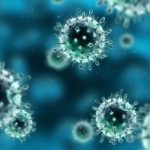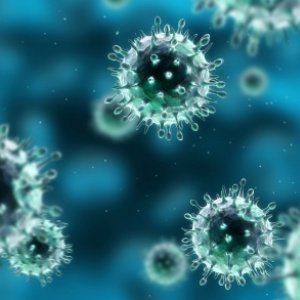Wuhan Coronavirus: All you need to know.
Other names:
Coronavirus
Wuhan virus
Chinese virus
Chinese Coronavirus
Chinese bug
Coronaviruses are a large group of viruses that are common among animals. In rare cases, they are what scientists call zoonotic, meaning they can be transmitted from animals to humans.
The current epidemic/pandemic of coronavirus started in Wuhan, a city of 40 million people in China. Because this new strain of the virus broke out from China, it is termed Wuhan coronavirus (named after Wuhan, a city in China).
The virus can make people sick, usually with a mild to moderate upper respiratory track illness, similar to a common cold. This new strain of Wuhan coronavirus is referred to as 2019-nCoV.
How did the Wuhan coronavirus epidemic start?
The virus appears to have originated from a Wuhan seafood market where wild animals, including marmots, birds, rabbits, bats and snakes, are traded illegally. Coronaviruses are known to jump from animals to humans, so it’s thought that the first people infected with the disease – a group primarily made up of stallholders from the seafood market – contracted it from contact with animals.
Although an initial analysis of the virus suggested it was similar to coronavirus seen in snakes, it now seems more likely that it came from bats. A team of virologists at the Wuhan Institute for Virology released a detailed paper showing that the new coronaviruses’ genetic makeup is 96 per cent identical to that of a coronavirus found in bats. Bats were also the original source of the SARS virus.

- Germany
- Sri Lanka
- Cambodia
- Canada
- Malaysia
- Australia
- United Arab Emirates (UAE)
- Nepal.
- France.
- Macau
- Japan
- Thailand
- Republic of Korea
- Hong Kong
- United States of America
- Singapore
- Vietnam
There is a suspected case of the Wuhan coronavirus in Cote D’voire (Ivory Coast), a country in West Africa. The index case has however, been isolated.
Symptoms
* Running nose
* Headache
* Dry cough
* Shortness of breath
* Fatigue
* Sore throat
* Fever
* Kidney failure
* Feeling of being unwell
* Symptoms are more severe and fatality is higher in persons that have medical conditions such as hypertension, diabetes, or diseases that impairs the immune systems.
For those those with a weakened immune system, the elderly and the very young, there’s a chance the virus could cause a lower, and much more serious respiratory tract illness like pneumonia or bronchitis.
Incubation Period
The incubation period (time from exposure to developing symptoms) of the virus is between 2 and 10 days and it remains contagious during this time.
HOW IT SPREADS
Human coronavirus most commonly spread from an infected person to others through:
* Coughing and sneezing
* Touching or shaking of hands with infected person then touching your mouth, nose or eyes before washing your hands
* Fecal contamination
Note that the Wuhan coronavirus can be transmitted from one person to another even before symptoms appear or during the incubation period that is, there are reports that it may spread even without symptoms.
PREVENTION
There are currently no vaccines available to protect one from coronavirus infection. Transmission is reduced through:
* Washing your hands often with soap and water.
* Avoid touching your eyes, nose or mouth with unwashed hands.
* Avoid close contact with sick people
If you are mildly sick, keep yourself hydrated, stay at home and rest. If you are concerned about your health, you should visit your doctor immediately.
Treatment/Cure
Right now, there is no cure for the Wuhan coronavirus, however, vaccines are been developed and tested on animal subjects.
Sources:
Digiville Nig Ltd
Spectator Index
Wikipedia





















